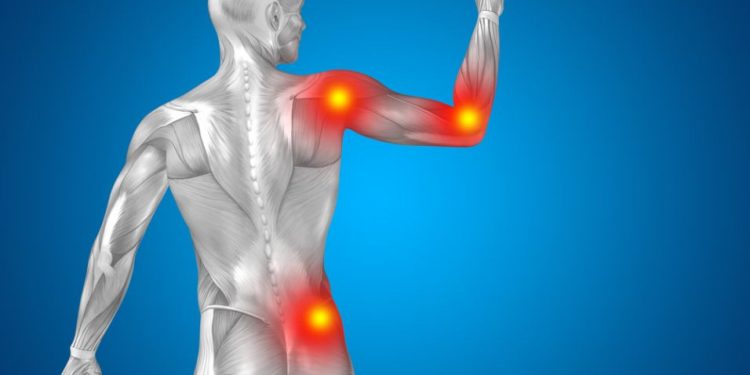Bone & cartilage inflammation symptoms may include pain, swelling, and stiffness. These symptoms can happen in any joint, but the most common ones are those of osteoarthritis (OA).
Osteoarthritis is a degenerative condition that occurs when the cartilage in joints begins to break down or wear down. It happens most often in the hips, knees, and fingers. Symptoms of arthritis can be painful and uncomfortable and interfere with everyday activities.
OA can develop slowly over time, and the symptoms can get worse as the disease progresses. Eventually, the pain, stiffness, and swelling can be so severe that some people lose their ability to walk.
There are many possible causes of OA, including injury to a joint, obesity, aging, and genetic factors. Fortunately, the condition can usually be treated with medications and physical therapy.
Some types of OA may not have any symptoms at all, and some can be very mild. If you are diagnosed with OA, your doctor may prescribe nonsteroidal anti-inflammatory drugs or steroid creams to help control pain and inflammation. These medicines can also help reduce stiffness and reduce the number of flare-ups.
If your OA is severe, your doctor might recommend surgery to repair the damaged cartilage. In this type of surgery, your doctor removes part of the bone that is causing the damage.

Cartilage is a tough, spongy material that covers the ends of bones in a joint. It absorbs stress and prevents the bones from rubbing together. This tissue is a vital part of any healthy joint, and if it becomes damaged, it can cause severe pain and stiffness.
Articular cartilage, the layer that covers the ends of bones in the knee and other joints, is particularly susceptible to damage from injury and aging. If you have articular cartilage damage, you may notice some of the following symptoms:
The lining within the joint (called synovial fluid) thickens and produces more fluid than usual, which can irritate the surface of the joint and cause it to swell. Fragments of broken-off cartilage can also float in the fluid, increasing the amount of inflammation and causing more pain.
A grating sensation may also occur when you move the joint, which is caused by friction between the soft tissues around it and the hard cartilage. Occasionally, you may also hear popping or crackling sounds as you move the joint.
In addition, you may notice extra bits of bone (called osteophytes) that form near the edge of your joint. These are small, round pieces of bone that can cause a grating or grinding sensation when you move the joint.
When a cartilage injury or damage is severe, you might also notice a blotchy appearance to the affected area. You might also experience hemarthrosis, which is bleeding inside the joint.
Your doctor might order blood tests, X-rays, or MRIs to confirm that you have a cartilage injury or damage. Your doctor can also examine you to determine whether there are other problems that could be causing your symptoms.









